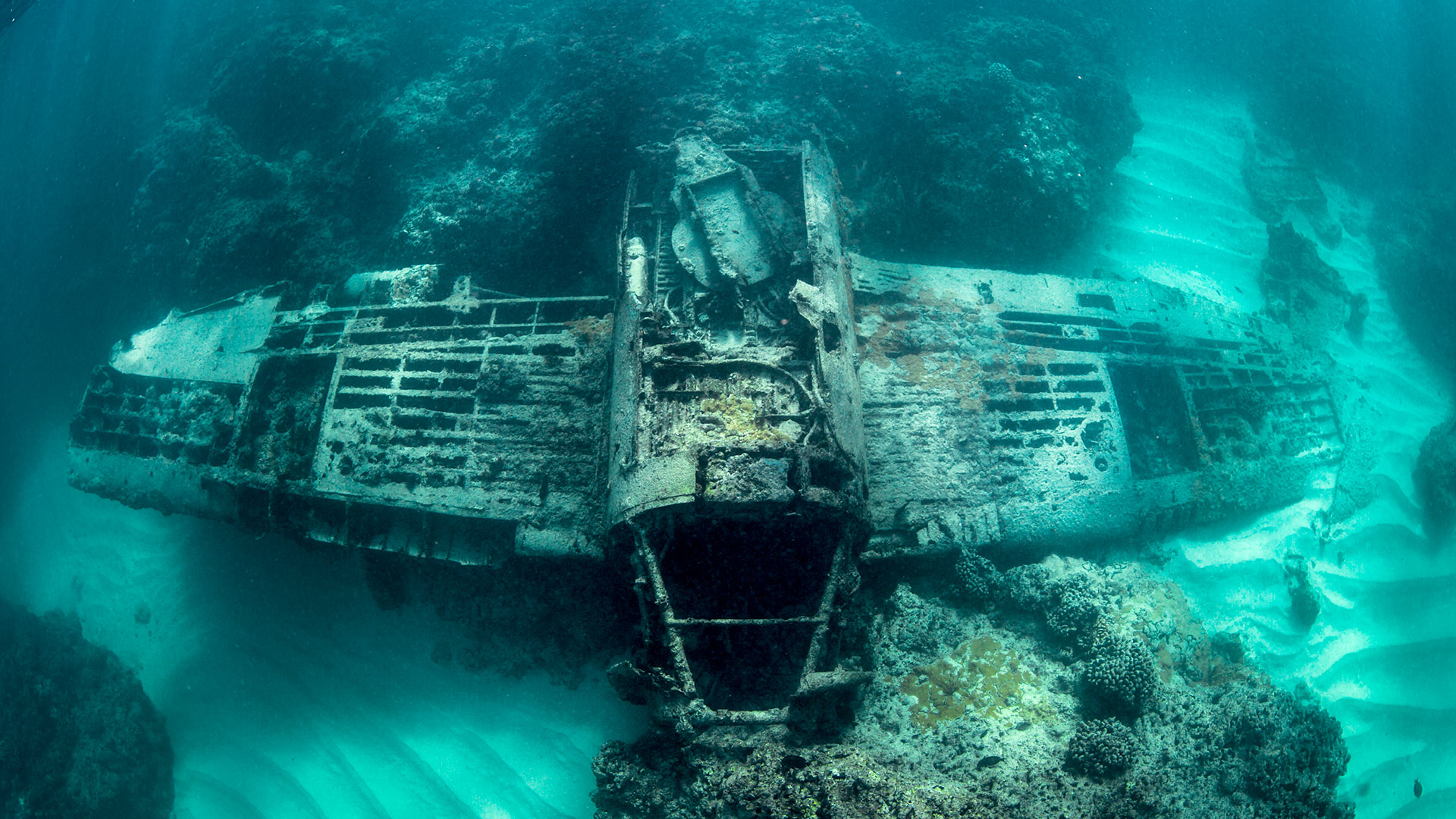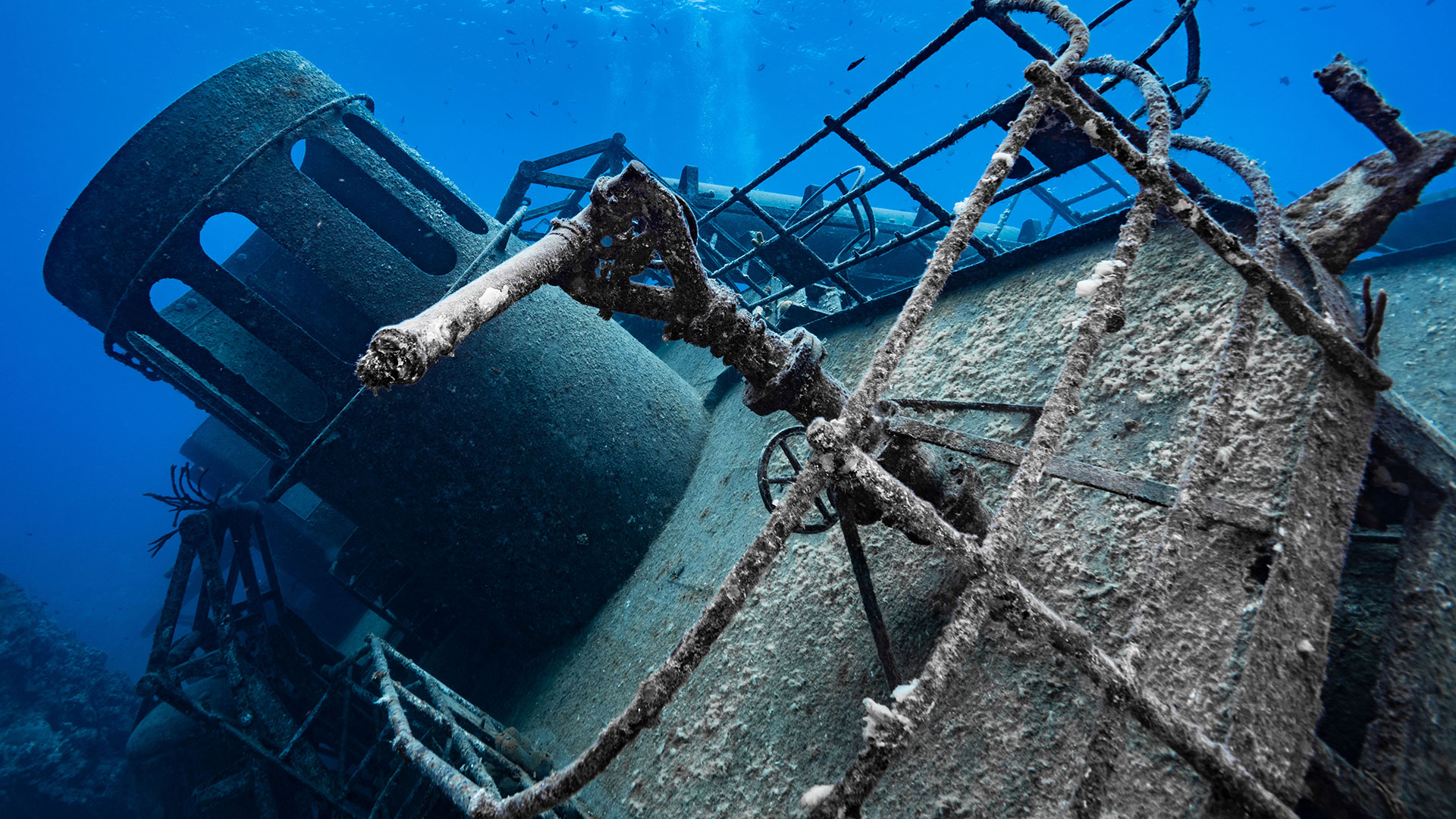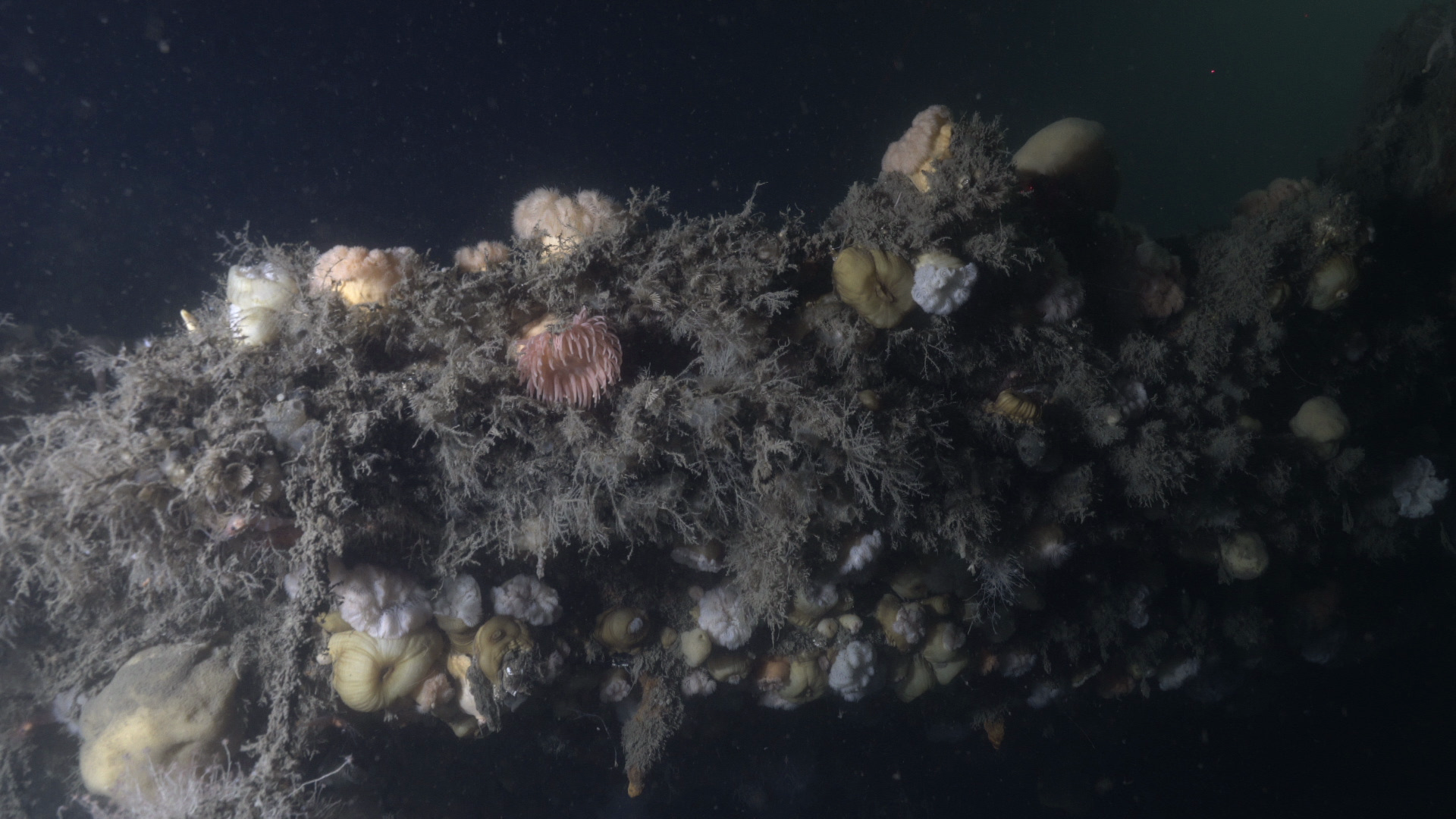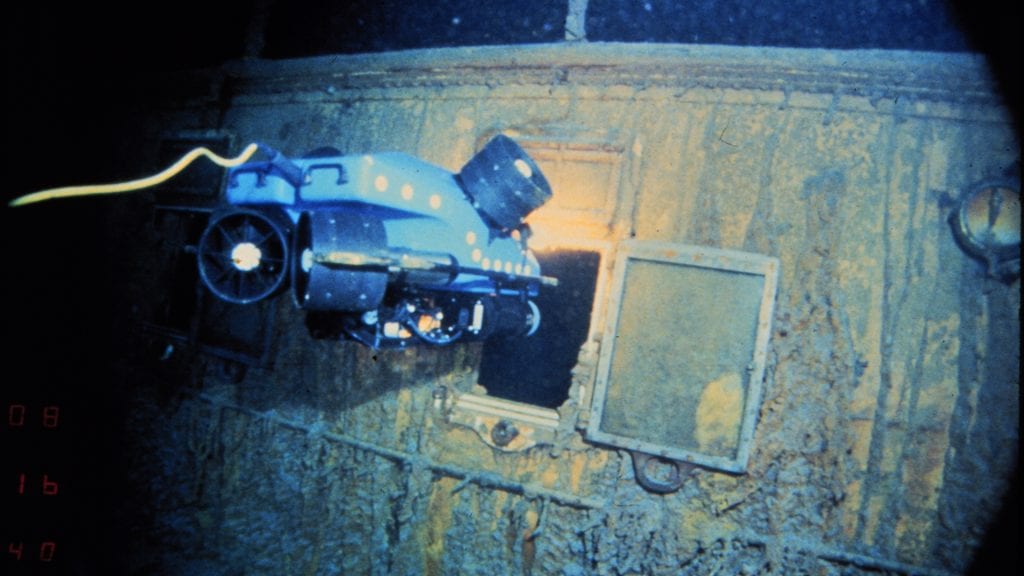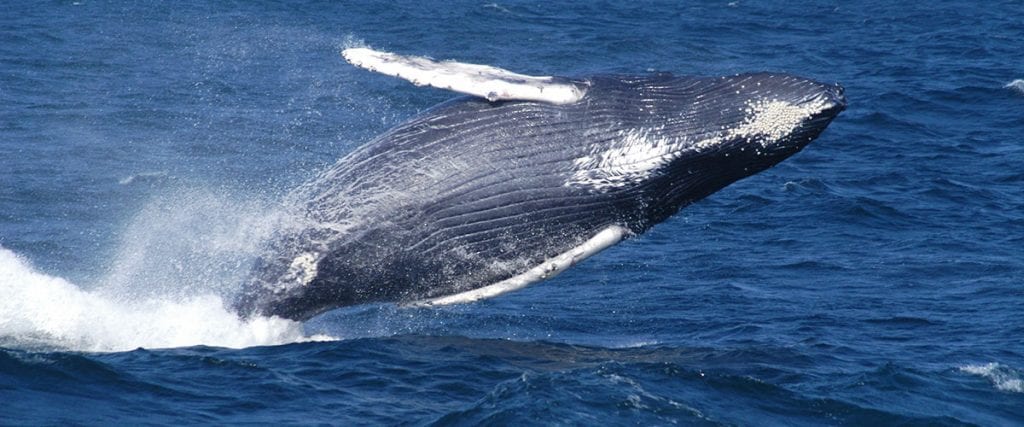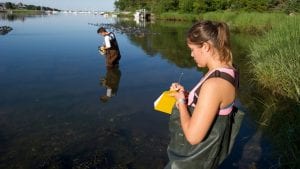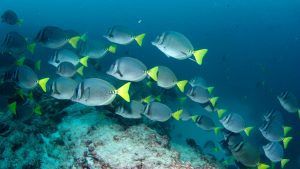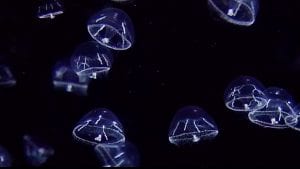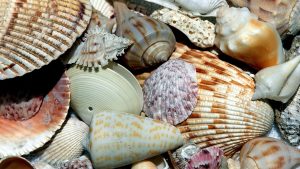Imagine a typical fish tank. Among the pebbles and plastic kelp, there’s probably a sunken ship. There’s a reason for that: Fish generally love the shelter shipwrecks provide.
It’s estimated that over 3 million wrecks lie on the seafloor, from ancient biremes to WWII-era planes, and modern yachts. Many provide suitable habitat for fish and marine invertebrates in a desert of sand and silt. They also serve as a substrate on which steadier-growing creatures, such as corals, can attach themselves to filter passing currents for food. In other cases, however, shipwrecks can be sources of pollution that smother delicate marine ecosystems. Determining whether a shipwreck will support or hurt ocean life depends on both its composition and resting place.
Let’s start with the materials used to build a ship. Wood, metals, and fiberglass can all have different impacts on the marine environment; determining what these impacts are requires interdisciplinary research between shipwreck ecologists and maritime archaeologists. One of the most common materials, wood, has been cited as a beneficial habitat for sponges, corals, and marine borers that can easily eat their way through a ship’s timber skeleton. Metals, on the other hand, have a more nuanced effect.
As early as the 18th century, shipbuilders incorporated minerals that deterred marine organisms from colonizing and degrading their vessels (a nuisance known as biofouling). Copper and aluminum are two of the most effective antifouling materials making them noxious to marine life. On wreck sites, copper sheathings have been known to leach into surrounding water, contaminating sediments, and even stunting the growth of nearby coral reef communities.
Other metals, such as iron and steel, have properties that may be more beneficial to marine organisms. Iron in particular is a limiting nutrient for photosynthetic microbes and aquatic plants that use the mineral in chemical processes to make food. Because of this, ferrous-hulled ships are often covered in slimy layers of hungry microbes, known as biofilms. In turn, these layers can attract grazing mollusks and fish, promoting a robust food web.
Depth also plays a big role in how a wreck interacts with the ocean environment. In shallow water, wrecks are more exposed to sunlight and wave action, speeding up their decomposition. In deeper, colder waters, however, aerobic bacteria don’t have the oxygen they need to corrode a shipwreck as quickly. In the Black Sea, for example, these anoxic conditions have led to the long-term preservation of some of the world’s oldest shipwrecks, including some that date back to the Byzantine Empire (nearly 600 years ago).
While the exact number of annual shipwrecks is unclear, the International Maritime Organization (IMO) estimates that between 60 and 100 ships sink each year from at-sea accidents such as collisions, aging hulls, and treacherous weather. Many of these shipwrecks leak toxic fuel oils, chemicals, and plastic products that can remain in our ocean for hundreds of years.
By contrast, ships that are sunk intentionally to form artificial reefs go through a rigorous permitting and deconstruction process where they are typically gutted of toxic materials. There are over 2,000 of these man-made habitats, comprised of everything from repurposed ships to New York City subway cars. Many have proven to be an important refuge for reef animals around the world, as warming ocean temperatures continue to threaten critical ocean habitats.
LEARN MORE
Underwater Archaeology
Wreckage of ships and airplanes underwater are difficult to find, survey, and study.
Expedition to Stellwagen Bank National Marine Sanctuary
Stellwagen Bank, an underwater plateau off Boston, is a biological hotspot and key fishing ground. It's a...
Hartland, et al. “Aqueous Copper Bioavailability Linked to Shipwreck-Contaminated Reef Sediments.” Scientific Reports, vol. 9, no. 1, 2019, article 14269. Nature, doi:10.1038/s41598-019-40956-8.
Meyer-Kaiser, Kirstin S., and Calvin H. Mires. “Underwater Cultural Heritage is integral to marine ecosystems.” Trends in Ecology & Evolution, vol. 37, no. 10, Oct. 2022, pp. 815–818, https://doi.org/10.1016/j.tree.2022.06.014.
Mires, Calvin H., and Kirstin S. Meyer-Kaiser. “A case study in Maritime Heritage Ecology: Understanding how structural changes to the 1898 Shipwreck Portland affect biological diversity and colonization.” Journal of Maritime Archaeology, vol. 18, no. 2, 1 May 2023, pp. 197–218, https://doi.org/10.1007/s11457-023-09359-2.
Price, et al. "A Shallow Water Ferrous-Hulled Shipwreck Reveals a Distinct Microbial Community." Frontiers in Microbiology, vol. 11, 2020, Article 1897. Frontiers in Microbiology, doi:10.3389/fmicb.2020.01897
